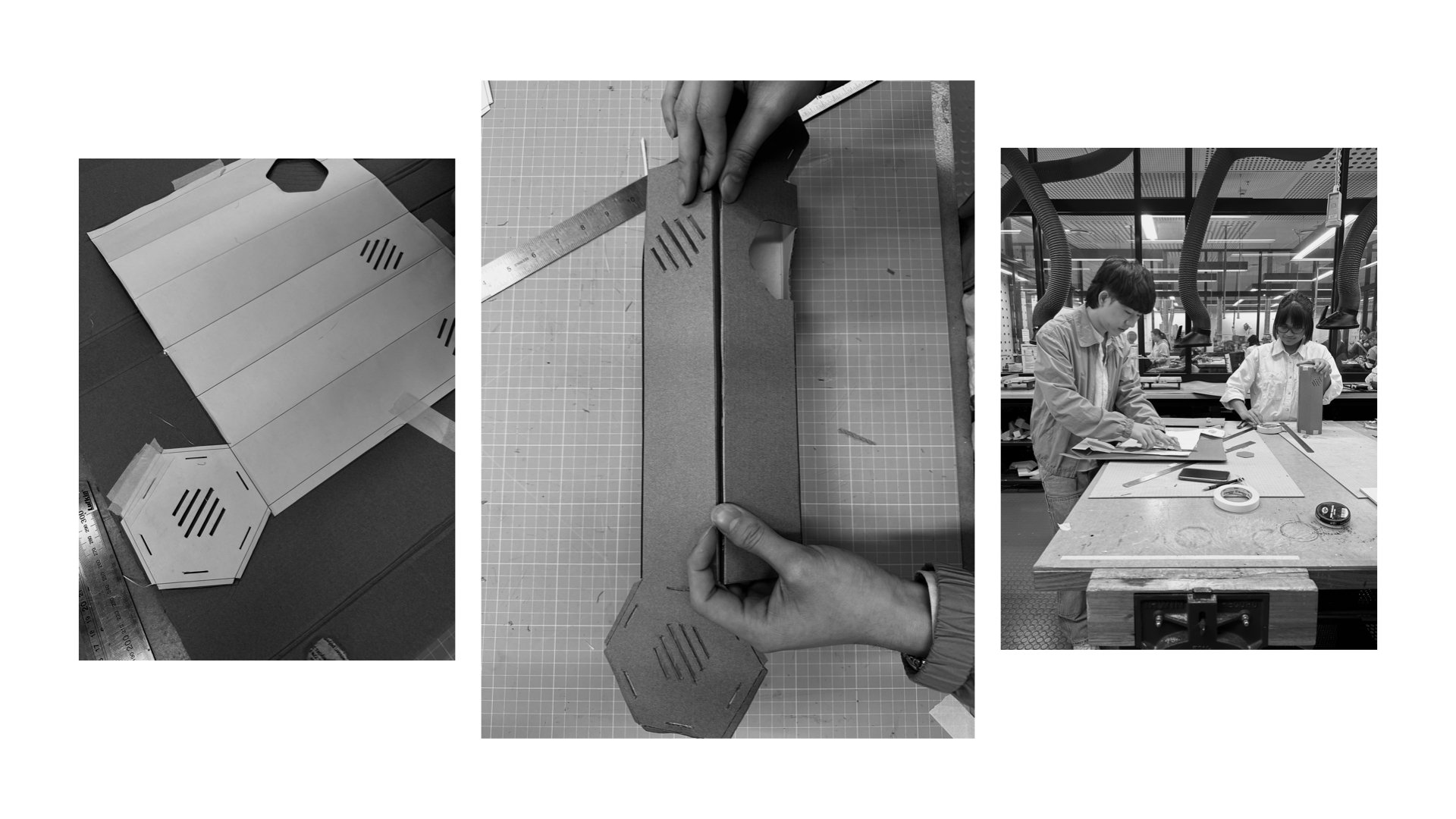helpINN
How can we design an accessible rapid response system that encourages local communities to support the post-fire recovery of wildlife species globally?
helpINN is a rapid-response system to support the post-fire recovery of fire-affected species. It leverages community stewards to respond rapidly through a digital commons-based resource to build and deploy temporary habitats.
A digital commons service blueprint for communities
Social media awareness campaign
A website that contains detailed information about fire-affected species and a downloadable habitat template with assembly guide
Outcomes
Approach
More-than-human • Service Design
Methodology
System thinking and mapping tools • Prototyping • Communication design and strategy • Product design • UX/UI design

Climate change, compounded by human activities, heightened the risk of uncontrollable forest fires globally - the increasing annual temperature has increased the frequency of extreme heatwaves and droughts. The prolonged hot and dry seasons increase the occurrences of fire events. As more forests are burnt, more carbon is released into the atmosphere. This reinforcing feedback loop has led to the devastating fire events and hottest seasons experienced worldwide.
Digital commons
The goals of this system are to connect and engage with local communities who actively support the post-fire recovery of wildlife species by raising awareness and activating through physical and digital channels in every stage of the bushfire. Through a website, information about fire-affected species, communities and essential habitat structure guides can be accessed by collaborators for fabrication using locally and sustainably sourced materials. This then distributes and decentralises the manufacturing of temporary habitats.
In every stage of the bushfire event, Helpinn activates in social communities. During the early and buildup stage, hashtags have effectively increased reach and awareness during disasters. This helps inform communities and collaborators about the fire-affected species. As the fire event peaks, the Helpinn website is activated from the links embedded in the content. The temporary habitats deployed and distributed in the recovery stage are quantified and shared with online and on-ground communities to invite and encourage others to help fire-affected species, marking them safe.
Social media awareness campaign posters
Website design - habitat structure and assembly guide
Prototype testing. Assembling the habitat template
Distributed and self-organising system
As we move towards the future with unpredictable climate conditions and the magnitude of impacts on humans and wildlife, it is essential that we look over critically the commons and the systems that sit within them. Non-human species are equally as important as humans. Thus, they require the same response and care during disasters and emergencies.
A distributed and self-organising system prioritising non-human species in emergency and disaster recovery operations can help reduce the distress and mortality in ecological communities. The engagement of commoners enables communities to rebuild their relationships with wildlife and nature.
For more information about this project,



